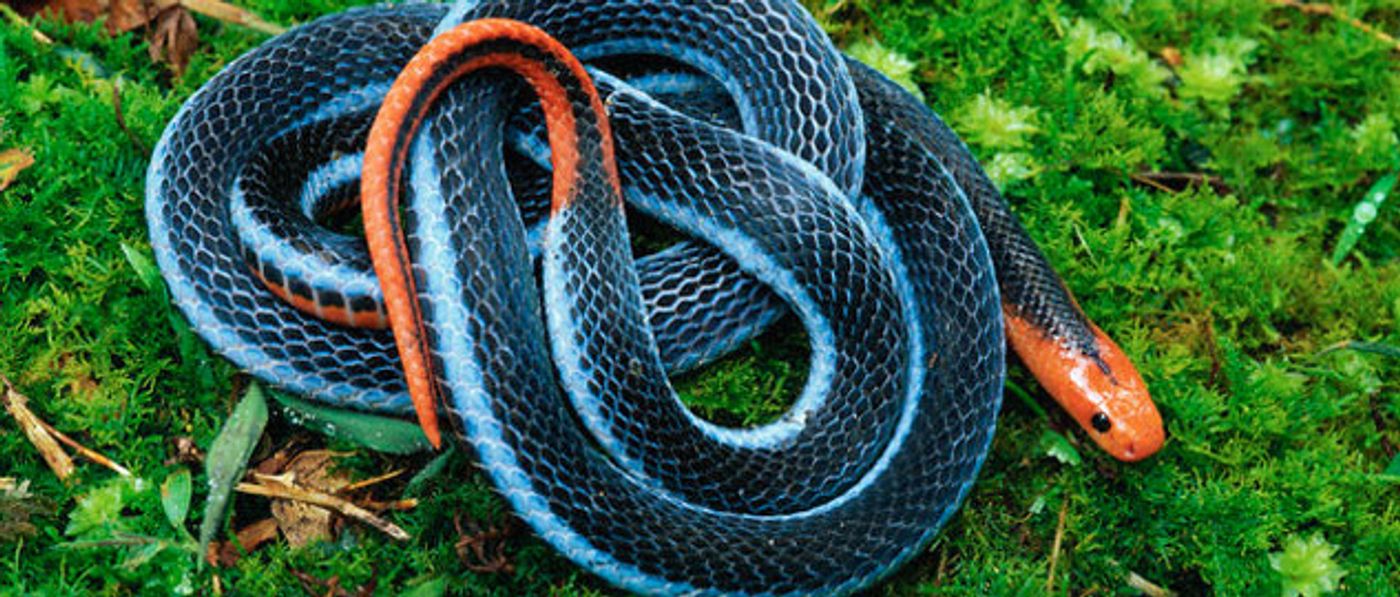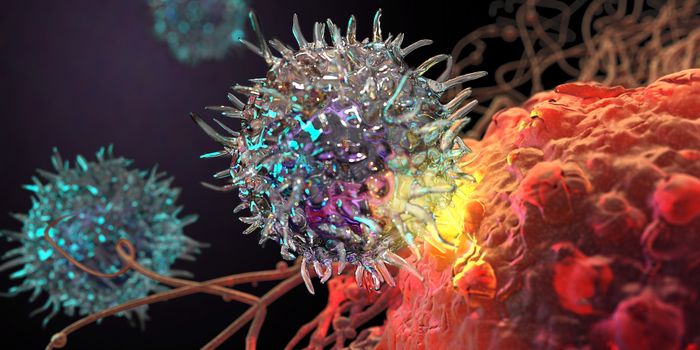Although snakes are limbless creatures with limited mobility, they have evolved to produce highly toxic venoms that can kill preys many times their size. In particular, the blue coral snake is one of the deadliest poisonous snakes in the world. But scientists say there’s more to this snake’s venom than just for killing. In fact, they say deadly venom can be reworked into a potent pain medication like we’ve never had before.

The beautiful blue coral snake is native to Southeast Asia. It’s commonly dubbed the “killer's killers,” as they like to feast on their poisonous cousins, such as the king cobras. “They specialize in preying on other venomous snakes, including young king cobras, so they play a 'hunt the most dangerous' game," said Bryan Fry, researcher from the University of Queensland and the
study's senior author.
The blue coral snake stores its venoms in one of the biggest venom glands in the world, purportedly extending over a quarter of the snakes’ body length. Since these snakes typically grow to nearly 6 feet long (almost 2 meters), there’s enough venom to kill many times over.
Perhaps these qualities, taken in total, are why the blue coral snake’s venom is so uniquely deadly. Whereas other snake toxins take a while to paralyze the prey, the blue coral’s toxin act almost immediately.
"Most snakes have a slow-acting venom that works like a powerful sedative. You get sleepy, slow, before you die," said Fry. "This snake's venom, however, works almost immediately because it usually preys on very dangerous animals that need to be quickly killed before they can retaliate. It's the killer of killers."
Fry and his team took a keen interest in this venom’s fast-acting power. They noted that the venom targets biological pathways related to pain. "The venom targets our sodium channels, which are central to our transmission of pain. We could potentially turn this into something that could help relieve pain, and which might work better on us,” said Fry. The toxin responsible for the attack on the sodium channels is called calliotoxin, and it’s the first such documented mechanism in a vertebrate venom.
Given its deadly effects, it’s hard to believe that snake venom can actually be of great use in medicine. But knowing how the paralysis happens gives scientists insight on how pain works, and how pain may be stopped. In particular, scientists have already been in pursuit of drugs that disrupt the sodium channels to mitigate pain for patients who suffer from chronic illnesses. Fry’s team hopes that the studying the venom will yield key compounds that may treat pain, perhaps with the same speed at which the venom works on preys.
While Fry and his team are further investigating the toxin’s application as an analgesic, they note that getting a large quantity of toxin is quite difficult since these snakes are becoming rarer by the day. "Much of their homes have been cleared to make way for things such as palm plantations in South East Asia. Who knows what else was in that forest that could've potentially saved lives?" said Fry.
"We're trying to see if there are any relatives of the long-glanded blue coral snake that would possess any different properties. Some people say the only good snake is a dead snake but we're trying to do the opposite here,” Fry added.
Additional sources:
BBC,
Science Alert









